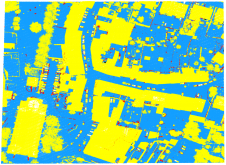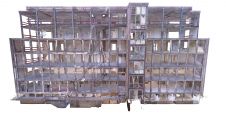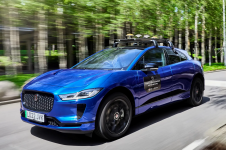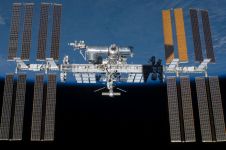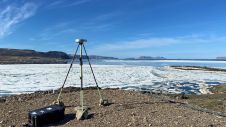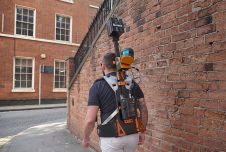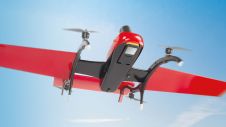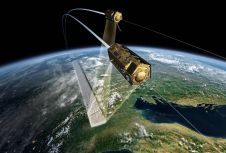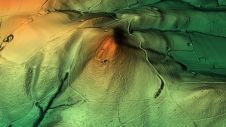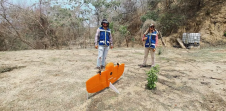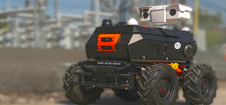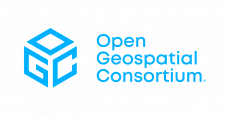Premium Precision Engineering in Northern Germany
The annual Oldenburger 3D-Tage event, which content manager Wim van Wegen described as a 'Geheimtipp'a couple of years ago, is held in the northern German city of Oldenburg and is now in its 16thyear. At the 2017 edition, the spotlight was once again on a wide range of topics related to optical 3D measuring techniques, photogrammetry and laser scanning.
(By Wim van Wegen, content manager, GIM International)
TheOldenburger 3D-Tage event, which always takes place at the Jade University of Applied Sciences, provides an excellent update on what’s hot and what’s not in the world of 3D data capture and visualisation. In addition to being able to display their surveying and geomatics systems in the small exhibition area, manufacturers are also allocated time slots to present details of their latest technological developments and product updates. For example, Topcon presented an overview of its mobile mapping technology, comprising GNSS survey, hybrid positioning and photogrammetry. By combining these measurement tools including software packages, the company offers surveyors a complete workflow solution.
Mapping innovations
The sessions at the two-day Oldenburger 3D-Tage event included lots of projects from students and researchers, most of whom are working at German universities. The general standard of contributions – often consisting of a 15 to 20-minute presentation – was high, providing some interesting new insights into the possibilities in the geospatial field and where the sector is heading. In one example, Dorit Borrmann and her colleagues have madesignificant progressover the last couple of years on 3D scan acquisition with their intelligent robot, namedIrma3D, for mapping applications and in particular for surveying remote sites or dangerous areas.
The topics of virtual reality and augmented reality, with browsers, smartphones and tablets as online platforms, received considerable attention. Some presentations also covered the use of ‘mixed reality’: the simultaneous localisation and mapping (SLAM) of the environment and the merging the real and virtual worlds to produce new environments and visualisations. Thanks to these mapping technologies, the geomatics industry is becoming even more tech-savvy.
The attendees were also given a glimpse of the future. Topcon has recently started a collaboration with DAQRI, a leading player in enterprise augmented reality, to develop wearable technology designed to change the way construction and survey professionals interface with the job site. Leica Geosystems and Trimble – represented by distributor AllTerra – offer similar state-of-the-art solutions.
Unmanned aerial systems
一个主题,谈及之前是that of suitable cameras for surveying and mapping with unmanned aerial systems (UASs). Ansgar Greiwe delivered apresentationon this topic, focusing on cameras for half-yearly flights with a high accuracy of 3cm and an area ranging from eight to 36 hectares. In photogrammetry, image quality is one of the key factors influencing the level of accuracy that can be achieved, especially in processes such as structure from motion (SfM). The camera systems available for UASs are based on various sensor concepts that have differing effects on the image quality. The impact of the image quality on the surveying accuracy in various scenarios with both Bayer-Pattern and Foveon sensors was examined.
Simon Mondryshowed howa DJI Phantom can be used for surveying applications, combined with aZ+F laser scanner, aTrimble total stationand a GNSS receiver from Leica Geosystems. Affordable consumer drones were compared against professional UASs. However, as a very relevantpresentationof Heinz-Jürgen Przybilla showed, there are still parties seeking a solution based on metric cameras mounted on a UAS. IGN (France) and DLR (Germany) are currently working on the development of a metric UAS camera.
应用领域
Many aspects of the surveying industry were discussed over the course of the event. The wide range of application fields covered included a virtual presentation of Cologne Cathedral, the development of a concept for automated 3D digitalisation of cultural heritage, the geometric precision of the Creaform HandySCAN 700 handheld 3D laser scanner and as-built documentation for building information modelling (BIM), to name but a few. After two days in the pleasant city of Oldenburg, the participants returned home filled with new information and inspiration. Many otherconferences and trade showsstill lie ahead, but Oldenburg has certainly got the year off to a good start. As the saying goes: ‘Well begun is half done’!
Make your inbox more interesting.Add some geo.
Keep abreast of news, developments and technological advancement in the geomatics industry.
Sign up for free










